Table of contents
- What MOTORRAD wanted for motorcycles … wish and reality
- BMW R 120 CS and BMW R nineT
- KTM LC 8 Street and KTM 1290 Super Duke
- Ducati scrambler
- BMW S 1000 RS and BMW S 1000 R
- BMW S 1000 Funbike and BMW S 1000 XR
- Horex VR6
- BMW GS 1250 LC and BMW R 1200 GS
- Yamaha Big Maxx and Yamaha Vmax
- BMW 1850 GLT and BMW K 1600 GTL
- Honda Africa Twin
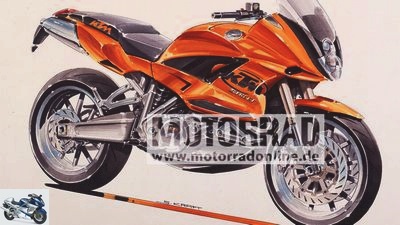
Drawing: Stefan Kraft
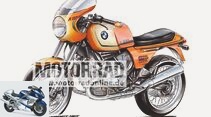
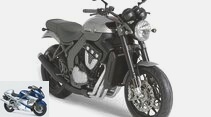
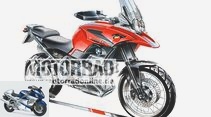
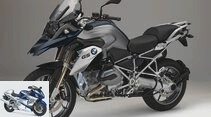
24 pictures
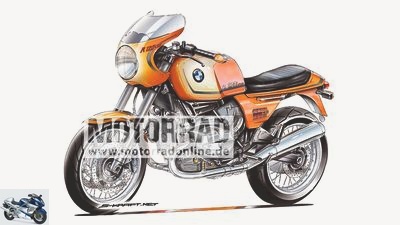
Drawing: Stefan Kraft
1/24
Request: Design of a BMW R 120 CS.
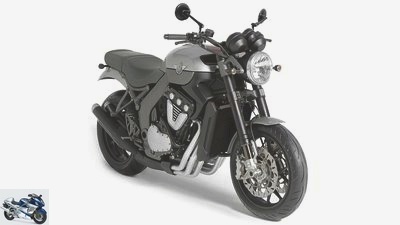
manufacturer
2/24
Reality: Horex VR6.
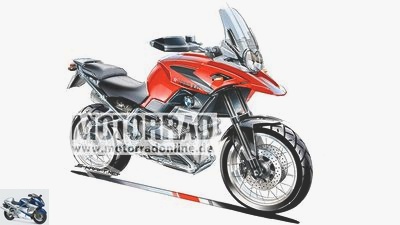
Drawing: Stefan Kraft
3/24
Request: BMW R 1250 LC.
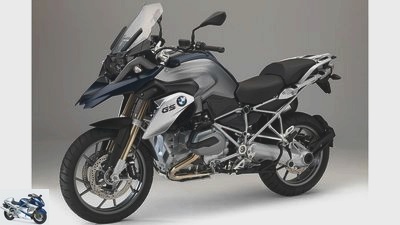
manufacturer
4/24
Reality: BMW R 1200 GS.
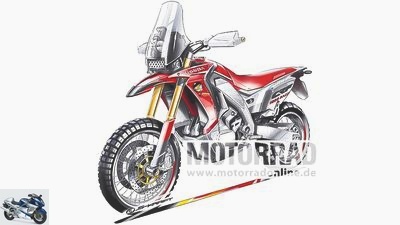
Drawing: Stefan Kraft
5/24
Wish: Honda Africa Twin.
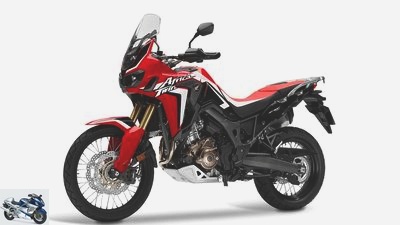
manufacturer
6/24
Reality: Honda Africa Twin.
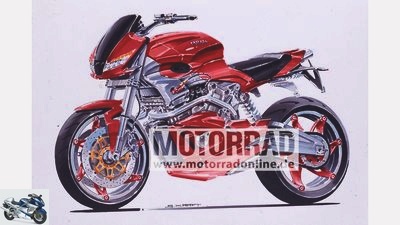
Drawing: Stefan Kraft
7/24
Request: Yamaha Big Maxx.
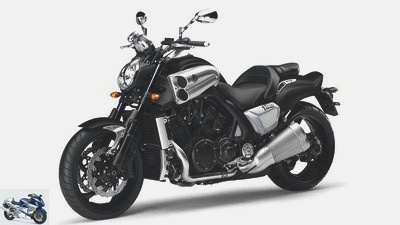
manufacturer
8/24
Reality: Yamaha Vmax.
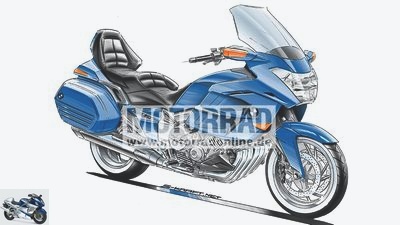
Drawing: Stefan Kraft
9/24
Request: BMW 1850 GLT.
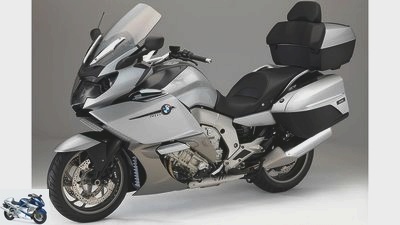
manufacturer
10/24
Reality: BMW K 1600 GTL.
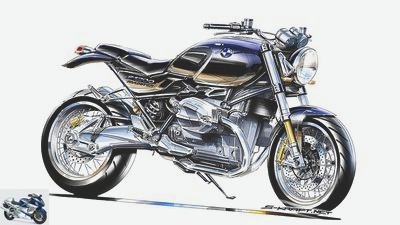
Drawing: Stefan Kraft
11/24
Request: BMW R 1200 Roadster.
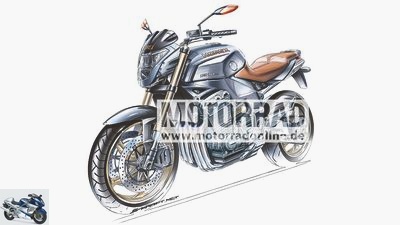
Drawing: Stefan Kraft
12/24
Request: Horex VR6.
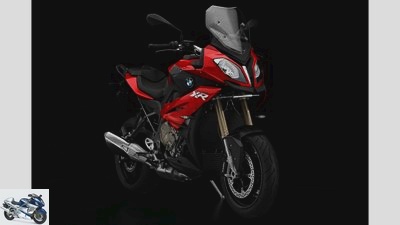
manufacturer
13/24
Reality: BMW S 1000 XR.
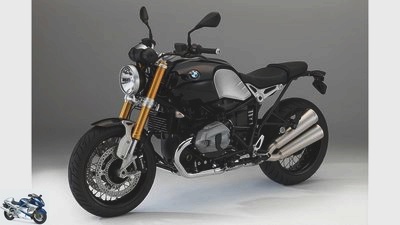
manufacturer
14/24
Reality: BMW R nineT.
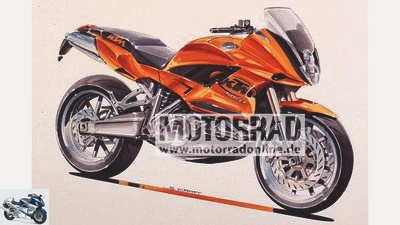
Drawing: Stefan Kraft
15/24
Request: KTM LC8 Street.
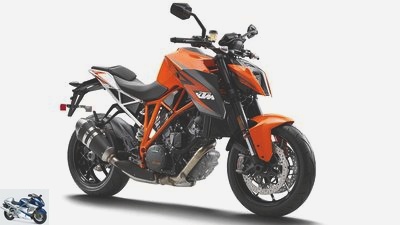
manufacturer
16/24
Reality: KTM 1290 Super Duke.
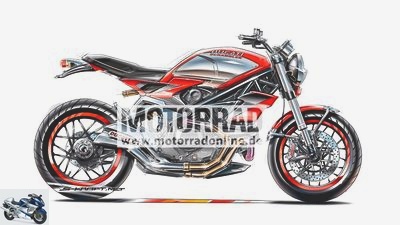
Drawing: Stefan Kraft
17/24
Wish: Ducati Scrambler.
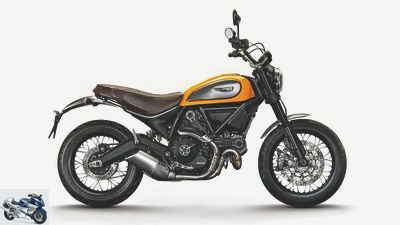
manufacturer
18/24
Reality: Ducati Scrambler – similar, and yet completely different.
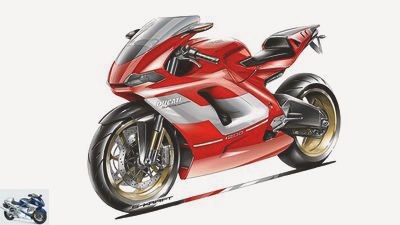
Drawing: Stefan Kraft
19/24
Request: Ducati 1200 Superquadrata.
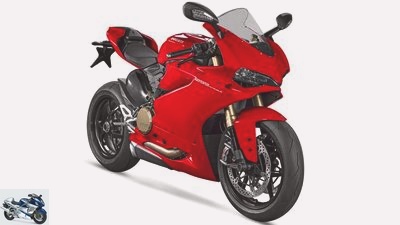
manufacturer
20/24
Reality: Ducati 1299 Panigale.
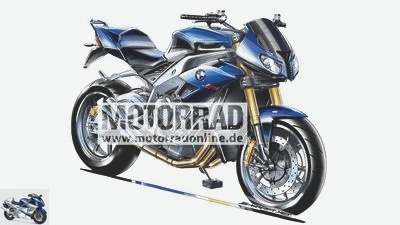
Drawing: Stefan Kraft
21/24
Request: BMW S 1000 RS.
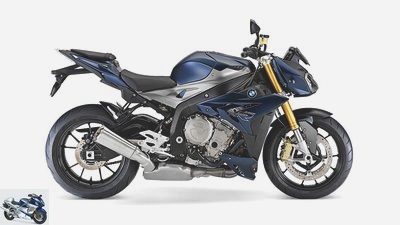
manufacturer
22/24
Reality: BMW S 1000 R.
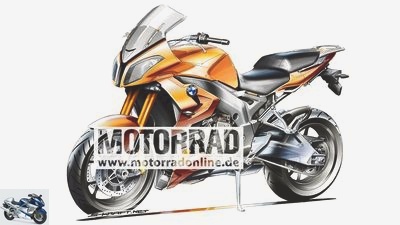
Drawing: Stefan Kraft
23/24
Request: BMW S 1000 F (for fun bike).
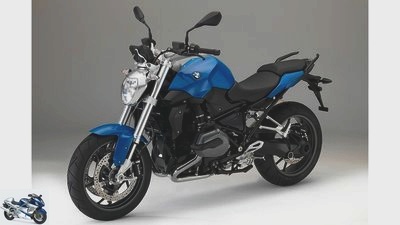
manufacturer
24/24
Reality: BMW R 1200 R.
counselor
technology & future
Dream bikes
What MOTORRAD wanted for motorcycles …
wish and reality
When MOTORRAD dreams, it usually dreams of motorcycles. Especially from those who don’t yet exist, but whom we would like to have. And sometimes – so we hope – we also provide impetus for development. A little foray into what we wanted – and what we got.
Stefan Kaschel
08/03/2015
No, nobody at MOTORRAD had expected that. Not in the wildest dreams. Over 100 letters in a week, and the power didn’t stop. No question about it, the R 120 CS study by MOTORRAD draftsman Stefan Kraft stirred emotions. She only left one apparently indifferent. BMW boss Hendrik von Kuenheim denied that there were such plans and answered the question whether a classic street boxer could be expected: “There will always be a classic looking motorcycle at BMW – the R 1200 R is currently doing this.”
Buy complete article
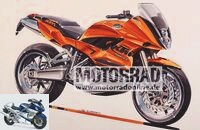
What MOTORRAD wanted for motorcycles …
wish and reality
8 pages) as PDF
€ 2.00
Buy now
And today? There is no R 120 CS, but there is an R nineT. Was the MOTORRAD proposal to blame? You don’t know, but it is always exciting to come back to grappling with what we wanted or prophesied. And with what then became reality.
In the latest case, the Honda Africa Twin, for example. MOTORRAD was right about the concept and the engine. And yet the wish was once again the father of the thought. Or to put it another way: the reality apparently brought the Honda technicians and salespeople back down to earth. But maybe the compromise is – as is so often the case – not a bad solution. And now have fun browsing between wish and reality.
BMW R 120 CS and BMW R nineT
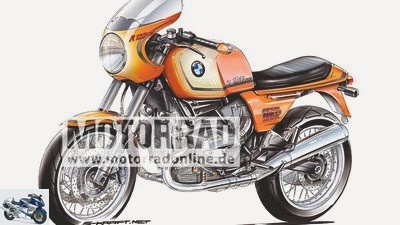
Drawing: Stefan Kraft
BMW R 120 CS
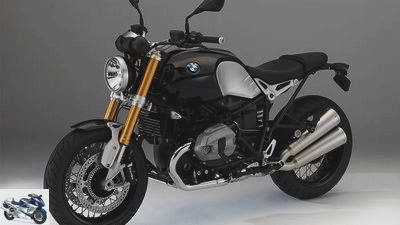
manufacturer
BMW R nineT
Pure speculation – and yet very close. The reason for the R 120 CS was a comparison test of modern classics. And the question of why there is no BMW, when the motorcycle tradition is so alive in Munich.
So Stefan Kraft got down to work. The question of which model could be considered as a role model was answered quickly. For many, the R 90 S is the epitome of a sporty and formally successful BMW, its “Daytona Orange” is still a trademark today. And even now, in the face of the R nineT, many a boxer fan would want the R 90 S to be resurrected. But in view of the Roland Sands study “Concept Ninety” derived from it, the last word has probably not yet been said in this regard. Mainly thanks to the fine hand that Bayern have with the R nineT had.
It is a successful mix of old and new, of creative purism and exuberance in the choice of materials – keyword aluminum – combined with modern chassis technology and an air-cooled boxer that is far from being old. And for whom many boxer fans dig deep into their pockets, because at just under 15,000 euros the R nineT is not a bargain.
KTM LC 8 Street and KTM 1290 Super Duke
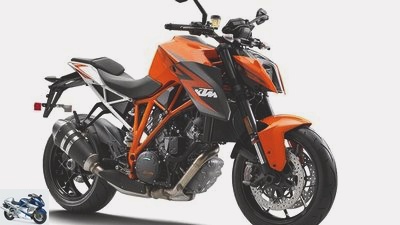
manufacturer
KTM 1290 Super Duke
Children, how time flies! At the beginning of 2002, when MOTORRAD moved away from KTM Wanted this sporty two-cylinder, the Austrians only had singles in their program. And with the 640 Duke II, a single street model. But the two-cylinder premiere was about to happen, for 2003 KTM presented the 950 Adventure. And what did we want from the street version called LC 8 Street? 110 hp and a weight of less than 200 kilograms with a full tank.
Admittedly, the current 1290 Superduke is still a bit removed from the 200 kilograms at 213 kilograms. But also of the 110 hp required at the time – with almost 1300 cc and 173 hp. Nobody would have dared to dream of that in 2002. Just as little as we could imagine 13 years ago that KTM would one day have eight street models in its range. Voilà!
Ducati scrambler
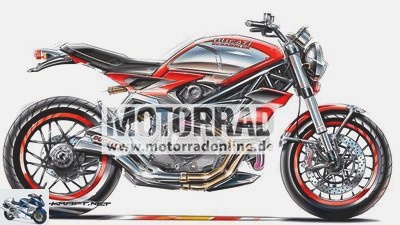
Drawing: Stefan Kraft
Ducati Scrambler design
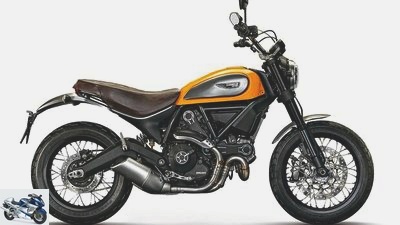
manufacturer
Ducati scrambler
Quite similar – and then quite different. As MOTORRAD in spring 2012 over a Ducati Scrambler speculated, we assumed that the Bolognese didn’t even think about such a bike at the time. We were probably wrong about that. The fact is, however, that the MOTORRAD scrambler was much more sporty than the real one. But it is also a fact that many basics such as the monster engine, a short stub silencer and the short mudguard as well as the progressive swing arm can be found in both versions. Another thing they have in common: the handlebars stretched far towards the driver and the curved manifold guide. All in all, both designs can be described as successful.
In summary: Ducati’s Scrambler is clearly more Scrambler, while Stefan Kraft’s design is surprisingly much more Ducati. If he also inspired the Ducati design department a little, we would be delighted.
BMW S 1000 RS and BMW S 1000 R
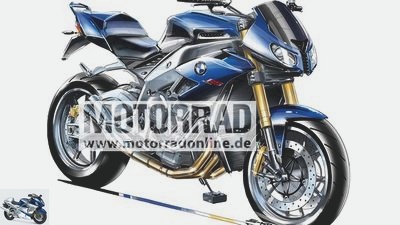
Drawing: Stefan Kraft
The BMW S 1000 RS is a MOTORRAD draft from issue 21/2012.
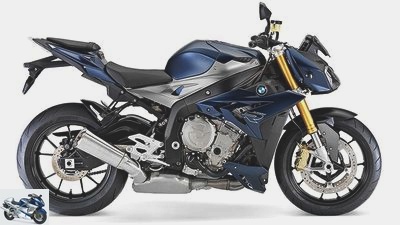
manufacturer
And so the BMW S 1000 R came about – looks much better.
One had to reckon with a strong, naked S 1000 offshoot. And with as many identical parts as possible, what a naked cannon could look like was relatively fixed. Frame, swing arm, fork, wheels, engine, tank – everything would look like the Supersport sister, that much was clear after the first Erlkonig pictures. When comparing the MOTORRAD draft (issue 21/2012) with the BMW solution, it is interesting to see how even small details can change a motorcycle. In this case, it’s the minimalist fairing and exhaust that make all the difference.
Crouched down as aggressively as the real one S 1000 R if the “RS” (the future names are usually highly speculative) does not come along, it looks much better. And the layout of the exhaust shows that MOTORRAD draftsman Stefan Kraft artistically defies technical constraints from time to time: The double pipe solution without a central pre-silencer and without a catalytic converter cartridge must of course remain wishful thinking.
BMW S 1000 Funbike and BMW S 1000 XR
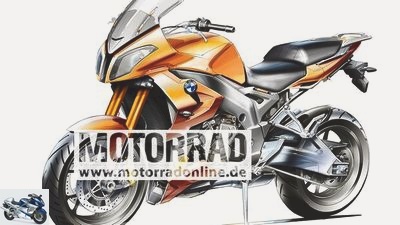
Drawing: Stefan Kraft
BMW S 1000 fun bike
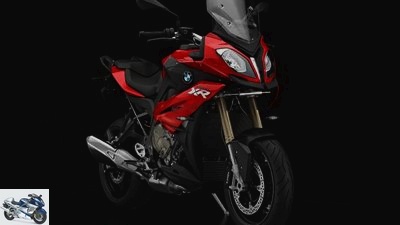
manufacturer
BMW S 1000 XR
The BMW S 1000 F represents a special position in the MOTORRAD design range. What later becomes the real one S 1000 XR was based neither on pure speculation (like the Scrambler) nor on Erlkonig pictures (like the S 1000 R), but above all on the observations of a MOTORRAD reader who could only describe the next four-cylinder variant to our designer from memory: Fortunately, Sascha Henning paid close attention to the brief encounter in the Swabian Alb. Wheels, brakes, frame, swingarm – all of this largely coincided with the later XR, only the windshield and side panels were a little less aggressively styled in the design by Stefan Kraft than in the original. Incidentally, this drove the Erlkonig hunter in front of the lens a few weeks later and brought the final confirmation.
Horex VR6
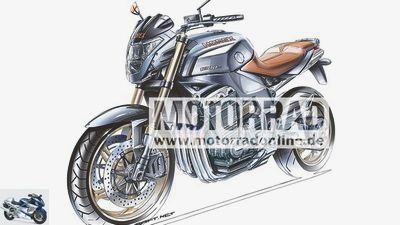
Drawing: Stefan Kraft
Horex VR6 design
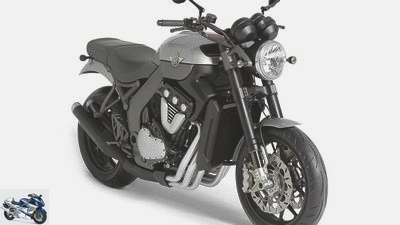
manufacturer
Horex VR6
New every 14 days: the Horex VR6. At least that was the case in the summer of 2010, because it is a good custom in marketing circles to present new motorcycles bit by bit. In the case of the Horex, this meant that shortly before the presentation, further details about the engine were revealed, but decisive ones withheld. There was still no talk of the compressor, so designer Stefan Kraft also had to design this last drawing days before the premiere without the extra boost. What actually happened then looked different than Kraft had imagined. Much more classic, a mixture of high-tech engine, bridge frame and traditional elements. And the compressor? Was only seen in the first models, but never went into production. Voting problems, it was said. Seen in this light, Kraft was retrospectively right with his drawing. Who knows, maybe the VR6 would have been more successful if it had been more like the MOTORRAD design overall?
BMW GS 1250 LC and BMW R 1200 GS
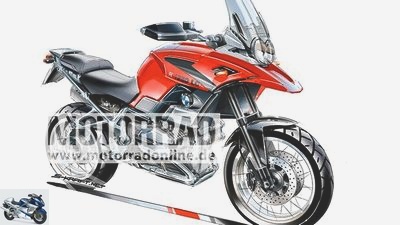
Drawing: Stefan Kraft
BMW GS 1250 LC
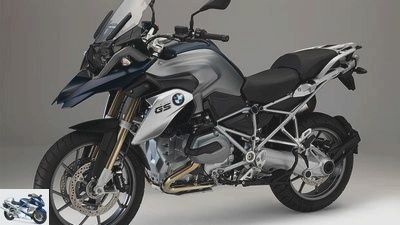
manufacturer
BMW R 1200 GS
The water boxer had to come at some point. When, in 2011 we could only speculate. As well as how it would look and what displacement it would have. But: a cylinder on each side, that much was clear. Despite the water cooling, the MOTORRAD version had pronounced cooling fins, just like the later series engine. Also to be seen in the Kraft design: the arrangement of inlet and outlet above and below instead of back and front.
The fact that MOTORRAD presented the new engine in a GS is also a tradition at BMW. The Munich-based company then broke with another: The cardan drive changed sides. Even with Stefan Kraft, who, however, left the silencer on the left and exposed the rear wheel. This is technically difficult, but it made the MOTORRAD-GS more airy than the later real one. The side coolers are also less eye-catching. No wonder, because the two motorcycles differ radically in one point: The drawing lacks the Telelever.
Yamaha Big Maxx and Yamaha Vmax
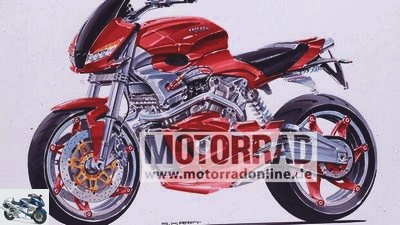
Drawing: Stefan Kraft
Yamaha Big Maxx
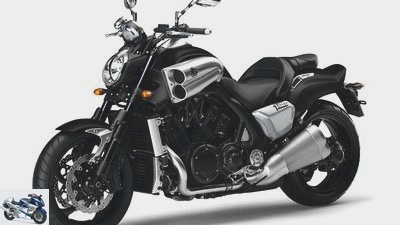
manufacturer
Yamaha Vmax
The legend was dead in 2003. MOTORRAD wanted a new one because Yamaha had one Vmax Deleted from the program for a long time. And as it is, if you wish happily to yourself, the nags can get away with it. Instead of the tried and tested cruiser-like alignment, Stefan Kraft packed the mighty 1800 V4 (that was around 100 cubic centimeters more than the actual successor should have) in a compact Streetfighter chassis and called the whole thing “Big Maxx”. There was talk of 180 hp at the time, but not ride-by-wire or traction control.
It is probably a good thing that the Yamaha superiors decided otherwise. The Vmax got a successor in 2009, but it took on the direction of the predecessor, was powerful with 200 hp, but also heavy as lead with a weight of 310 kilograms. So the legend lives again – fortunately. Still, one wonders how a “Big Maxx” would have felt. And then get goose bumps.
BMW 1850 GLT and BMW K 1600 GTL
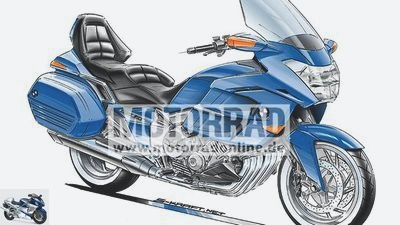
Drawing: Stefan Kraft
BMW 1850 GLT
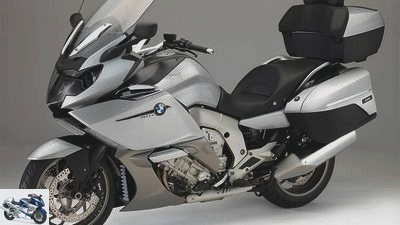
manufacturer
BMW K 1600 GTL
It was filigree six-cylinder engine parts that gave the first indications of a transversely installed in-line six at BMW at the beginning of 2007 – well before the much-acclaimed Concept 6 study. Even then, MOTORRAD was speculating with a full-blown luxury tourer as the successor to the K 1200 LT at the time, but speculating with over 1800 cubic centimeters. “In principle, a six-cylinder in-line would suit BMW very well,” admitted the press spokesman at the time, Jurgen Stoffregen. Even so, it was almost four years before such an engine actually appeared in the K 1600 GT / GTL at BMW. In view of this time difference and the thin facts at the time, it is astonishing how close the MOTORRAD design came to the later series machine. Stefan Kraft did not expect the Bavarians to hide this flagship engine under plastic alone. And so the fan base continues to wait for the first BMW to proudly and openly show off its six-wheeler.
Honda Africa Twin
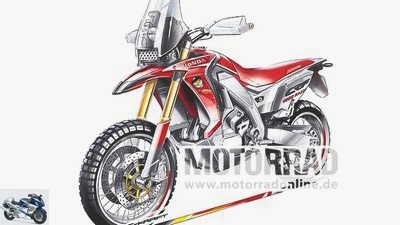
Drawing: Stefan Kraft
Honda Africa Twin design
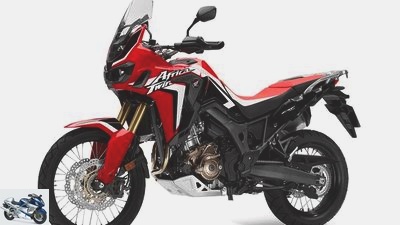
manufacturer
Honda CRF 1000 L Africa Twin
It was THE object of speculation – for years. The MOTORRAD draft was created before EICMA 2014, where Honda presented the first study. The 1000 parallel twin with Unicam technology was known at the time, and there was speculation about a radically off-road approach in rally style based on the model of the single-cylinder Dakar racers. A full tank of around 100 hp and a weight of 200 kilograms – that was the preliminary information that MOTORRAD turned into a radical, long-legged design in a rally look with an aluminum frame and aluminum swing arm.
The fact that it didn’t turn out that way is almost certainly due to a different size in the specifications: it should cost 10,000 euros. But that too is waste. The bottom line is now around 230 kilos and around 12,500 euros – but also an attractive enduro for the heavier.
Related articles
-
Comparison test: trend retro bikes
fact motorcycles Comparison test: trend retro bikes Comparison test, Ducati Sport 1000, Harley-Davidson XR 1200, Moto Guzzi V7, Moto Morini Scrambler…
-
Dream bikes from the editors – please build these motorcycles
Card design by Kar Lee 8th pictures Card design by Kar Lee 1/8 Suzuki GSX 1500 Bandit. That would be something: air-cooled four-cylinder with a decent…
-
Bikes for 999 euros and the consequences ?? part 3
fact counselor Used purchase Bikes for 999 euros and the consequences ?? part 3 Bikes for 999 euros and the consequences ?? part 3 Light and shadow While…
-
Second-hand advice: Japanese big bikes
archive 8th pictures fact 1/8 The Honda CB 1000 is around 20 years old, but in terms of workmanship and attention to detail, it is almost unrivaled among…
-
Concept bikes from Oberdan Bezzi
Oberdan Bezzi 74 pictures Oberdan Bezzi 1/74 Suzuki GS 1000 S by Oberdan Bezzi: retro design based on GSX-S 1000. Oberdan Bezzi 2/74 Yamaha Tenere 700…
-
Concept bikes concept study prototypes production model
manufacturer 82 pictures manufacturer 1/82 First of all, in this picture gallery we show motorcycles that have made it from concept bikes to production…
-
MOTORRAD Readers’ Choice 2020: Top 10 entry-level bikes
Royal-Enfield 10 pictures manufacturer 1/10 First place in the MOTORRAD readers’ poll in the entry-level category: KTM 390 Duke with 18.6 percent of the…
-
Bikes for 999 euros and the consequences – part 6
Artist counselor Used purchase Bikes for 999 euros and the consequences – part 6 Bikes for 999 euros and the consequences – part 6 final spurt The days…
-
Adventure big bikes at the 2015 Alpen Masters
Gargolov 9 pictures Gargolov 1/9 All four candidates have what it takes to win here, but there can only be one. Gargolov 2/9 Will it be the KTM 1290…
-
Easy going bikes put to the test at the 2015 Alpen Masters
Gargolov 8th pictures Gargolov 1/8 Ducati Scrambler Full Throttle, Kawasaki Vulcan S, Yamaha YZF-R3 and Moto Guzzi V7 II Stone. MOTORCYCLE 2/8…